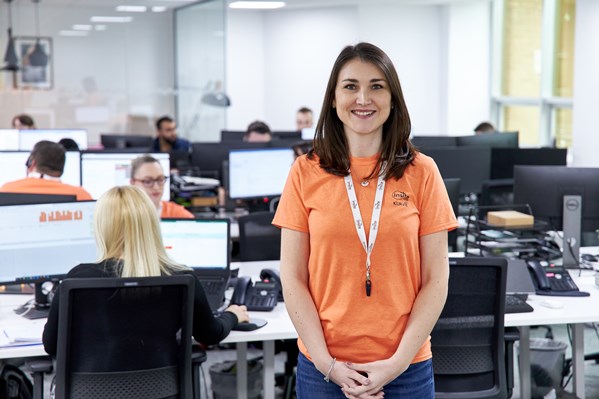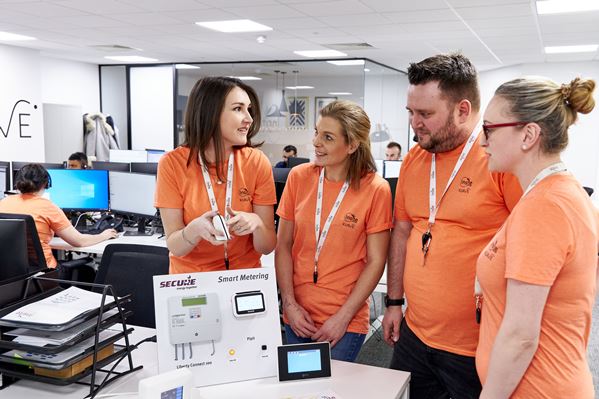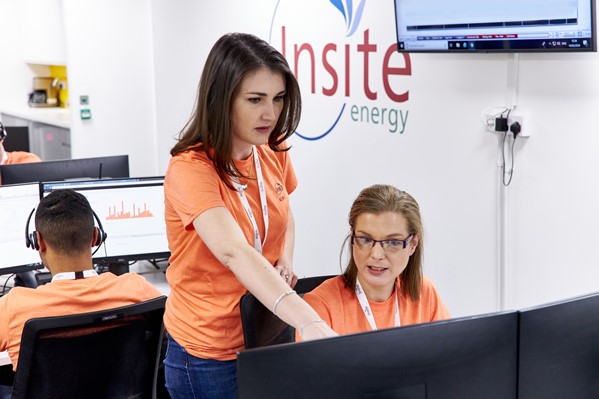
In January 2018, I joined Insite Energy to help lead a strategic customer service transformation. In this article, I will share some of the important lessons I have learned that will help maintain long-term excellence.
At Insite Energy we provide heat metering, billing and payment services to landlords operating heat networks, providing a help-desk for residents of around 27,000 UK properties. In some ways, we’re similar to other utility companies, but a key difference is that with heat networks, customers are unable to switch provider. We therefore have to go the extra mile to demonstrate that we’re fair and on their side, often having to explain the basics of how a heat network works.
While Insite Energy initially had a full-time customer service operation based in London, the company’s Trustpilot Rating had dropped to as low as 1.4 out of five.
In essence, there was little to no direction or consideration as to what good customer service looked like – yet fast-forward to December 2020, and a move to a larger, dedicated contact centre in Peterborough, and our Trustpilot rating had soared to 4.7 (excellent).
In under three years we’ve completely transformed our customer service, and the statistics speak for themselves.
We’ve reduced client churn from 7.5% to 1.25%, and cut our average call wait times from nine minutes to 53 seconds – the second shortest of the UK’s 30 top utilities companies in 2020, according to Which?
Meanwhile, our complaints (250 in 2018 to 159 in 2020) and call volumes (100,000 in 2018 to 46,250 in 2020) have also dropped dramatically. These improvements have led to a 2021 CXA Award nomination.
Getting to this point was naturally a huge achievement for the whole team but maintaining our ‘excellent’ rating month after month, year after year, is just a new challenge all of its own.
Here are some of the important lessons I have learned during this customer service transformation that will help to maintain excellence in the long-term.

1. Avoid the use of scripts
As someone heavily involved in customer service, heading up the operation at Insite and, as a long-time customer in both B2B and B2C spheres, I can safely say that – in my opinion – the best customer experience is all about being human.
Of course, training is important, but it must be focused on providing the building blocks for genuine development.
For these reasons, we avoid the use of scripts at Insite, instead offering knowledge and advice to our agents that they can then use to speak to customers in an autonomous manner, making their own decisions on a case-by-case basis.
Customer service is never a one-size-fits-all approach. It is rare that two calls will ever be the same, and scripts often simply don’t cut it.
I feel proud listening to my team having real, genuine, personal conversations with people, where their own personality shines through. Customers more often than not contact us because they’re having difficulties or a hard time, and they want to feel like they’re valued, and in such instances customer service requires emotional intelligence, empathy, connection and ownership.
2. Take ownership
The latter point relates to one of five of our core business values: Wow me, Ownership, One team, Dedication and Respect.
Ownership is all about going the extra mile – something that’s ingrained in our culture at Insite.
Perhaps an agent needs to speak to three different teams to get the necessary information for a customer, or to call someone back at a specific point in the day. If we come across an account where a query hasn’t been solved, the advisor must take ownership and ensure resolution for the customer. This way we ensure we deliver that positive experience, every single time.
Truth be told, I am truly proud of what we’ve been able to achieve at Insite.
Despite utilities being a notoriously difficult industry when it comes to customer satisfaction, our customer service operation has worked tirelessly to boost our Trustpilot rating and reduce client churn and complaints over the past few years.
Instilling a culture of ownership among our team, I believe, has been central to these achievements.

3. Recruit the right people, and keep them
Transforming our recruitment procedures and culture have also proven influential.
Prior to our customer service transformation, we had an annual employee turnover rate of 167%, this figure having since dropped to 0% in 2020 thanks to some fundamental changes. Today, we take the time to not only hire the right people, but equally provide them with an environment in which they can truly achieve their best.
In relation to recruitment, we’re now focused on characteristics as much as experience. While we’ve hired experienced call centre agents with their understanding of meeting demands and efficiency, we’ve also taken on people from completely different industries owing to their demeanour and personal traits, as well as those out of work because of their positive attitudes and demonstrable motivation.
Equally, we’ve instated a monthly culture club to bring the team together, an exercise that has helped to cultivate a close-knit community with constant laughter around the office, and a huge drop in employee churn.
We also support our people on a personal level.
We take the time to work through issues with everyone, ensuring they know that my door is always open should they need someone to talk to, for work-related or personal issues alike. Investing time and effort in people is key. If people feel cared about, you bring the best out in them.
In this sense, my overriding key piece of advice is simple. Whether you’re dealing with the customer, building relationships, or nurturing your team, customer service should always be grounded in human connection and sound values.
Follow these three steps, and you’ll be well on your way.
About the Author
Carly Freeman is Head of Customer Services at Insite Energy. Insite Energy provides heat metering, billing and payment services to landlords operating heat networks, providing a help-desk for residents of around 27,000 UK properties.




